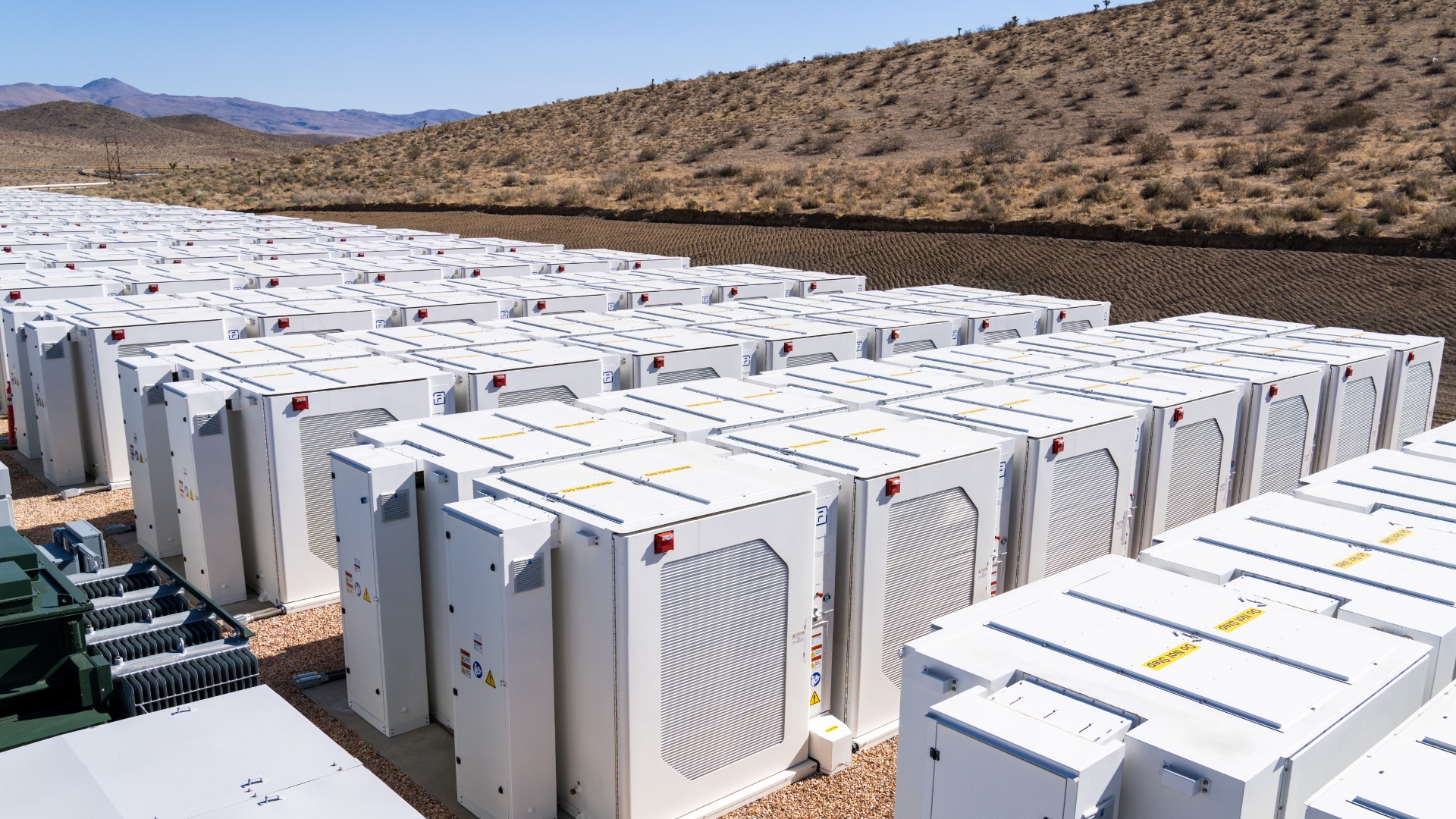In our latest white paper, we dive the current state of the Bulgarian Power market and the potential of energy storage applications to revolutionize Bulgaria's energy landscape. Want to jump straight to the white paper? Fill out the form to download.
The Current State of the Bulgarian Power Market: Why is Energy Storage More Relevant than Ever?
The Bulgarian power sector is currently attracting significant interest from foreign and domestic companies alike. Substantial investment will be required, as the energy system transitions towards a more diverse energy mix, including high levels of renewable generation and new approaches to power system engineering and management.
Looking into the current power mix, the country relies heavily on the pillars of coal and nuclear generation which collectively account for approximately half of installed generating capacity. In 2022, 52.3 percent of generated electricity came from thermal power stations, and only 7 percent from solar and wind1. Historically, Bulgaria has also been a major producer and exporter of electricity for the surrounding region with a total of 10 interconnectors spread across Romania, Serbia, North Macedonia, Greece, and Turkey. The country thus has a critical role in driving a more secure, sustainable, and future oriented energy system for South-Eastern Europe.
The start of 2023, however, offers a stark contrast to the past and a glimpse of the new challenges Bulgaria will face on its energy transition. In May 2023, Bulgaria was for the first time in a decade a net importer of electricity. The reason for this was not a lack of generating capacity, but instead the natural logic of power markets seeking the most price competitive source of generation, in that instance renewable energy. New investments in renewable energy generation, primarily solar photovoltaics (PV) in Bulgaria and neighboring countries, drove down power prices during periods of high supply. In May 2023, electricity generation from coal power plants slumped 58% compared with the previous May, while solar PV had its monthly contribution grow by more than 30%. Notably, PV also had its highest ever share of power generation for a period of several hours around noon in a single day. This was the direct cause of another first experienced by the power market in Bulgaria – electricity prices falling to zero on May 20th and 21st.
Strong tailwinds for renewables in the country are also driven by the European Commission push for more ambitious decarbonisation and renewable targets2. As such, setting the focus on integrating a higher share of renewables will ensure Bulgaria avoids losing billions of euros in European funding. Moreover, high-power prices, linked with the European energy crisis, only exacerbate market fundamentals to favor more economically competitive technologies. Solar and wind’s continuously falling capital cost and minimal operating costs make them cost-competitive, but also require greater flexibility in the energy system.

Reports now indicate a 35 GW pipeline of solar and wind projects requesting connection to Bulgaria’s grid3, while according to data by the Association for Production, Storage, and Trading of Electricity (APSTE), over the last three-years Bulgaria has practically doubled its PV-installed capacity to 2.2 GW with another 700 MW expected to become operational in 2023. In other words, Bulgaria could easily sail past its 2030 National Energy and Climate Plan (NECP) goal for PV installations nearly seven years early.
Aiming to provide renewable energy at the lowest cost for customers at the same time as transitioning the grid from a largely dispatchable power source to renewables with variable output, such as wind and solar, however is no simple task. The transition will require integral planning around electricity networks and new market rules to incentivise investments in grid congestion management and distributed flexibility. Furthermore, and as in other European countries, a move away from coal is not just a challenge for the energy system. It also brings wider challenges around job security and an urgency for Bulgaria to seize the new regional opportunities created by the ever-growing renewable sector.
Fortunately, Bulgaria sits in the privileged position where it can profit from the experiences of other energy systems with high renewable shares. Here, battery-based energy storage is integrated as a reliable and cost-efficient solution that increases system flexibility and allows for integration of greater shares of low-cost renewables. Energy storage can also be deployed quickly with high public acceptance and provide both local and system services, benefiting utilities and Independent Power Producers (IPPs), grid operators, households, businesses, and commercial and industrial (C&I) consumers so long as the regulatory framework recognizes their value and enables private investments.
Want to read the full story? Download the white paper.
1 ESO EAD (2022) Statistical Pocketbook 2022. (Accessed: 11th May 2022).
2 In late June 2021, the Council of the European Union signed on the first European Climate Law, setting into legislation the bloc’s stated goal of reducing greenhouse emissions by 55% (compared to 1990 levels) by 2030 and reaching climate neutrality in the next 30 years. On July 14, 2021, the European Commission followed up with its “Fit for 55” legislative package. The bundle of interconnected legislative proposals aims to align climate, energy and transport policies with the targets agreed in the European Climate Law, translating climate goals into concrete actions.
3 Stanchev (2023) ‘Angelin Tsachev, ESO: Bulgaria should also connect its network with Western Europe’, Capital Bulgaria, 21 March. (Accessed: 11th May 2022).

















